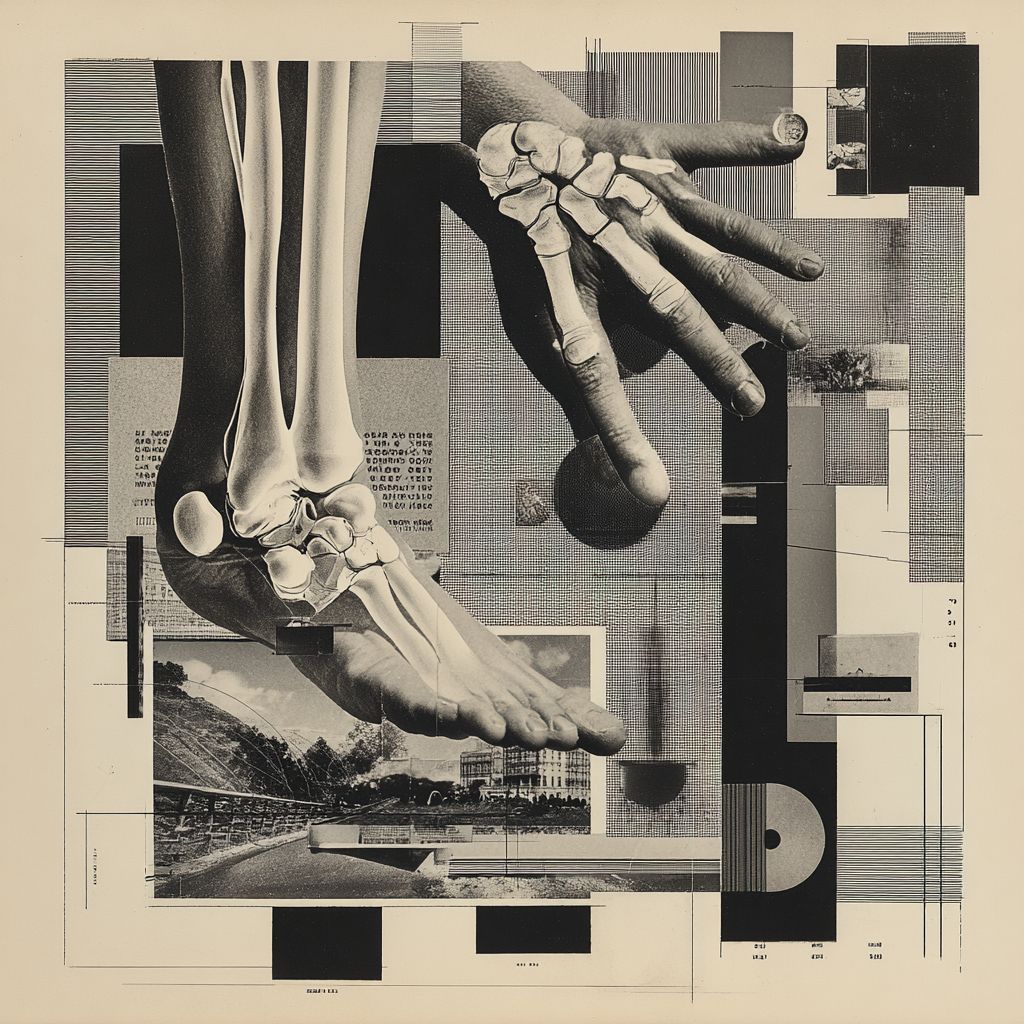When Joint Pain Limits Movement
Bursitis occurs when the bursae—small, fluid-filled sacs that cushion and lubricate joints—become inflamed. Commonly affected areas include the shoulder, elbow, hip, and knee. The inflammation can cause sharp or aching pain, swelling, stiffness, and limited range of motion, making simple tasks like reaching, lifting, or walking difficult.
Repeated stress, injury, or overuse often triggers bursitis, and chronic inflammation can significantly impact daily life, sleep, and physical activity. While conventional treatments may relieve symptoms temporarily, acupuncture offers a holistic approach that addresses both pain and underlying energetic imbalances.
TCM’s Perspective on Bursitis
In Traditional Chinese Medicine (TCM), bursitis is understood as painful obstruction (Bi syndrome) caused by Wind, Damp, or Heat invading the joints, often combined with Qi and Blood stagnation. This blockage prevents nourishment from reaching the affected tissues, resulting in swelling, stiffness, and discomfort. Common TCM patterns include:
Wind-Damp Invasion: Pain worsens with cold or damp weather; joints may feel heavy, stiff, or achy.
Heat Accumulation: Inflammation, redness, warmth, and sharp pain often indicate Heat obstructing the joint channels.
Qi and Blood Stagnation: Chronic injury or repetitive strain leads to stagnation, causing localized swelling, tenderness, and restricted movement.
Kidney or Spleen Deficiency: Weak underlying energy can reduce the body’s ability to nourish joints and resolve inflammation, leading to prolonged or recurrent bursitis.
By identifying the specific pattern, TCM practitioners can create a treatment plan that relieves pain while promoting long-term joint health.
How Acupuncture Helps Bursitis
Acupuncture is highly effective in managing both acute and chronic bursitis. Key benefits include:
Reducing Pain and Inflammation: Needle stimulation encourages blood flow, disperses swelling, and calms local heat.
Restoring Qi and Blood Flow: Unblocking meridians around the affected joint supports tissue healing and reduces stiffness.
Releasing Muscle Tension: Acupuncture relaxes surrounding muscles and tendons that may contribute to joint compression.
Supporting Immune Response: By regulating systemic energy, acupuncture helps the body address inflammation naturally.
Improving Joint Mobility: Patients often experience increased range of motion and reduced discomfort with consistent treatment.
Preventing Recurrence: By addressing root imbalances such as weakness or stagnation, acupuncture helps minimize future flare-ups.
Integrating TCM Therapies for Bursitis
For optimal results, acupuncture can be combined with other TCM practices:
Herbal medicine: To clear Heat, resolve Dampness, and strengthen Qi and Blood
Tui na or therapeutic massage: To relax surrounding muscles and improve circulation
Moxibustion: To warm and strengthen deficient joints and meridians
Gua sha or cupping: To reduce swelling, improve blood flow, and alleviate stiffness
Exercise and stretching guidance: Gentle movements to maintain flexibility and strengthen joint support
This integrative approach addresses both the symptoms and root causes of bursitis, helping patients regain comfort, mobility, and confidence in daily activities.


